What Are The Best Monitors For Photo Editing In 2021?
Photo Editing
2021/08/30
When it comes to photo editing, a monitor is super necessary to produce an outstanding-quality final photo. Some monitors provide you better color, some provide you with better performance. Either way, having a good monitor is as important as having a good camera. In this blog, we will introduce you to a few affordable and advanced monitors. Hopefully it will give you an idea what to expect when it comes to shopping for one.
Choosing the right monitor for your photo editing is important. It's essential that you have a proper rendition of the detail, color, and contrast in your photos. When you're editing an image, you only have what you see on the screen to go by – and if your monitor isn't good for the job, you can easily end up correcting the monitor's faults when your photos are perfectly fine.
In this post, we will provide some of the best monitors for photo editing in the market. We know that not everyone is up for paying hundreds or thousands of dollars for a monitor, so we part this guide into two categories: photographers who want to have an affordable upgrade, and photographers who want to have a high-end and professional monitor for professional work.
1. Dell UltraSharp U2419H
Pros: Affordable, Good Color Space Coverage, IPS Display
Cons: No USB-C, FHD Res is Low
This monitor is not the cheapest 24-inch monitor that you can buy, but if you are looking for an affordable upgrade then you've found it. This monitor gives photographers a good combination of performance and value. The Full HD (1920 x 1080) resolution is about as low as we'd want to go in a 24-inch monitor if you can accept a little visible pixelation. This Dell's IPS image quality gives great color space coverage for the money (99% sRGB, 99% Rec709, and 85% DCI-P3), along with factory color calibration assuring the accuracy of Delta-E less than 2. This is the kind of quality we'd expect from a monitor costing several times the price, hence the Dell UltraSharp U2419H is an absolute steal.
You can buy this monitor directly from Dell or other retailers at $319.99
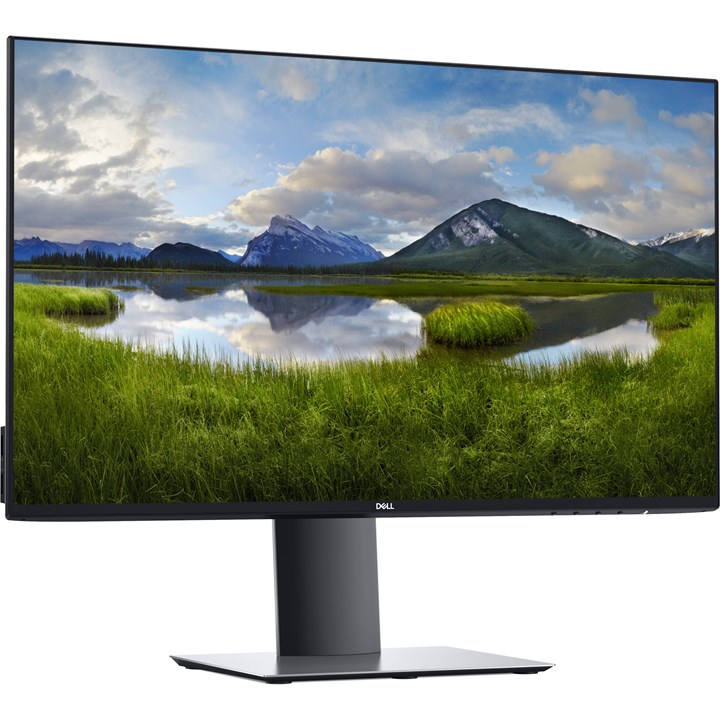
2. LG 27UL500-W
Pros: 4K resolution, FreeSync, 98% sRGB coverage, Affordable
Cons: No USB-C, 1-year warranty,
The LG 27UL500-W might be a little pricey compared to budget screens you see in a computer store, but if you can spend some more, it's totally worth it. The 4K resolution is excellent for photographers, and the Color Calibration Pro tool boots the color accuracy of the monitor, which is crucial for anyone who is looking for high-end photography capabilities but at a competitive price.
Extras like HDR-10 compatibility, AMD FreeSync support, and 98% coverage of the sRGB cover space are even more appealing. With a slim design and slender crescent-shaped silver base, the LG 27UL500-W makes most desktop monitors look comparatively clunky. The only compromise is that, while tilt, height, and pivot facilities are available, there’s no swivel mechanism built into the base.
You can purchase the monitor from Amazon at $296.99
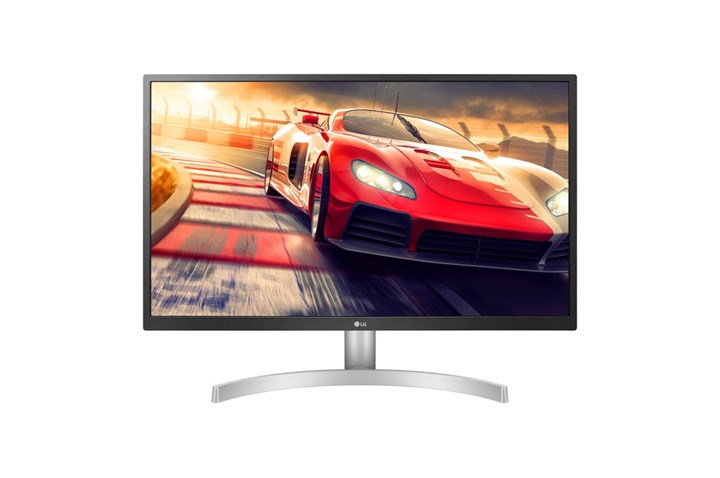
3. Acer ConceptD CM2 CM2241W
Pros: Easy to set up, Bult-in-monitor Calibration
Cons: No USB-C, No 4K
This 24-inch desk-friendly monitor is a good balance of being big enough to be useful for applications like Photoshop, while not taking up a whole lot of space on your desk. The CM2241W places an emphasis on color accuracy, with factory color calibration and a Delta E color accuracy of less than 2. It also boasts an impressive 99% Adobe RGB, 100% sRGB, and 94.7% DCI-P3 color space coverage (these figures can embarrass monitors costing two or three times the price!), while its IPS (In-Plane Switching) LCD panel technology enables wide viewing angles of up to 178 degrees, both horizontally and vertically. The 16:10 panel has a resolution of 1920 x 1200 - just a little over Full HD on the vertical axis. That doesn't sound like much when your average smartphone now sports a similar screen resolution, but it's enough for a comfortably crisp image editing experience when sat at a typical viewing distance.
The monitor is on sale at $349.99 and you can find it at B&H.
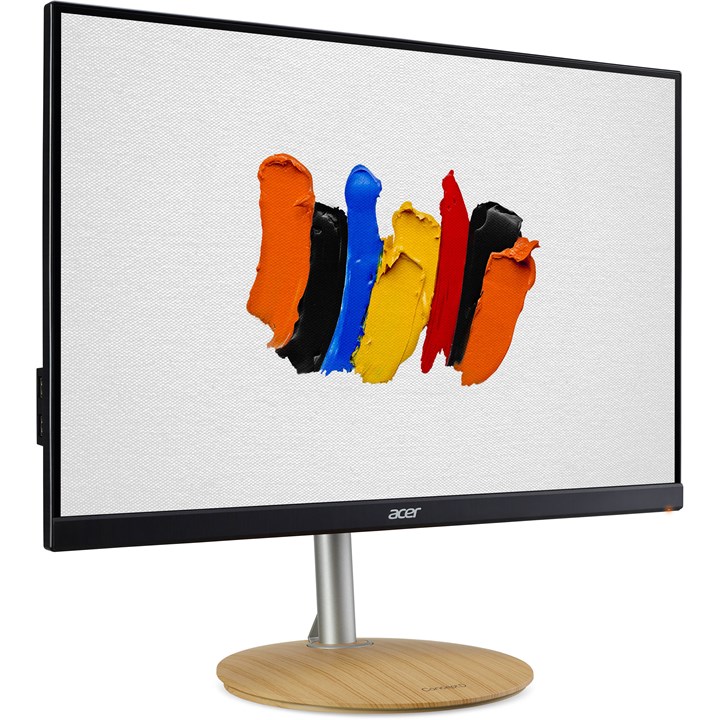
Now comes to the pro monitor. For many professional photos editors, having a good monitor is as important as having a good camera. Here we will point out a few great monitors used for photo editing.
1. BenQ SW271
Pros: Outstanding performance, 4K resolution, rigid stand
Cons: Slight green cast before calibration
This BenQ monitor has a 27-inch panel size with a 4K UHD resolution of 3840x2160 pixels. It also boasts a 10-bit color depth, which is equivalent to more than a billion colors. It’s well-built with a sturdy case and a rigid stand, which keeps the monitor wobble-free throughout the range of its tilt, swivel, height, and pivot adjustments.
Factory preset sRGB and Adobe RGB modes are available, along with an HDR mode. BenQ claims 100% coverage of the sRGB range and an impressive 99% for Adobe RGB. Palette Master Element calibration software comes with the monitor, to maintain optimum color accuracy. Other supplied extras include a hotkey puck control dial for easily switching between sRGB, Adobe RGB, and advanced B&W display modes.
The SW271's factory presets proved highly accurate for color rendition, with just a very slight green color cast. This monitor is a serious investment, but it's worth it if you value excellent color accuracy and outstanding overall image quality.
You can purchase this monitor from Amazon at $1,099
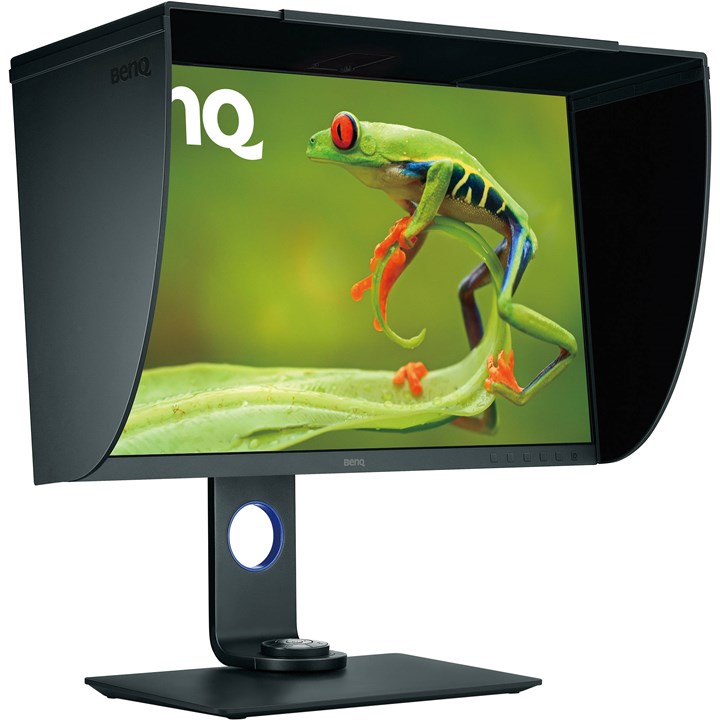
2. BenQ PhotoVue SW271C
Pros: Excellent build quality, color accuracy, connectivity options
Cons: High cost, fierce competition
The BenQ PhotoVue SW271C is an outstanding 27-inch 4K monitor which performs almost flawlessly - it's incredibly color-accurate and is generally very hard to fault. If you're after an exacting and reliable screen for photo or video editing, this is a perfect choice. The price will be higher for this level of monitor. The equally impressive BenQ SW271 is almost identical to the SW271C but costs around 20-40% less. You'll have to do without 60W USB Power Delivery and BenQ's third-generation color Uniformity Technology, but if they're not deal-breakers for you, then the SW271 is a better value proposition for most users
The price is $1,599 on Amazon. It will be a big investment and it will definitely boost your photo editing skill to a higher level.
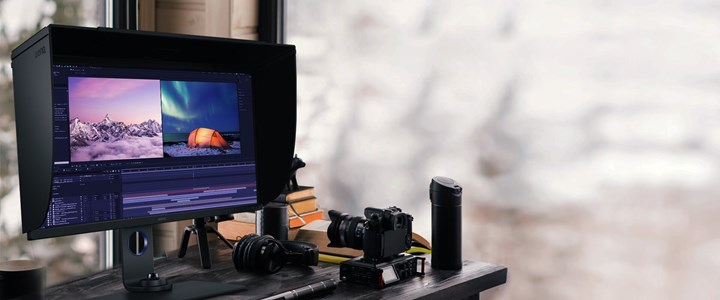
3. ViewSonic VP3268-4K
Pros: Big 31.5in screen, 1300:1 contrast ratio, 4K resolution
Cons: 77% Adobe RGB coverage, below-par brightness uniformity
This 31.5-inch screen is larger than a typical monitor, yet the ultra-thin bezel keeps the overall size from being too intimidating, while the 4K UHD resolution maintains sharp image quality despite the pixels being spread a little thinner than on a 27-inch 4K screen.
In the back, there are Display Port, Mini DP, and dual HDMI inputs, as well as the practically ubiquitous USB 3.0 hub.
Distinctive features include an HDR mode and a 1300:1 contrast ratio. On the negative side, there’s no preset Adobe RGB mode and ViewSonic only claims 77% coverage of the full Adobe RGB gamut. Image quality looks a little dull when using the sRGB preset, which locks out any brightness adjustment. Colour accuracy is good but gamut is a little lacking for the Adobe RGB color space and brightness uniformity could be better.
You can pre-order this monitor from B&H at $899.99
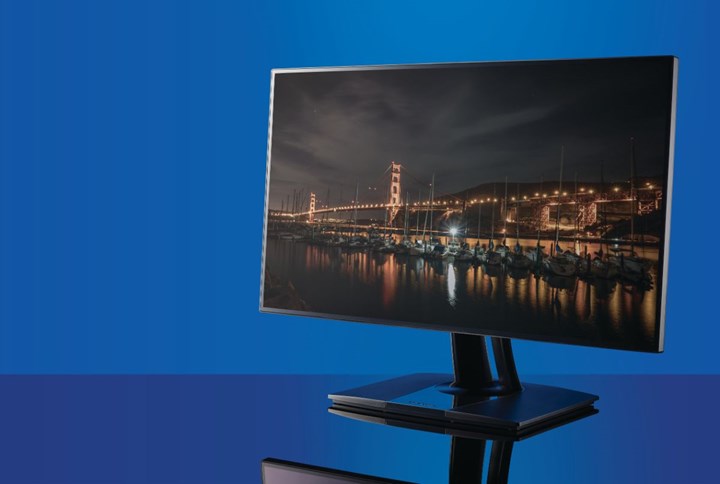
In the end, some of the key specs and technologies that you need to keep an eye on when you are shopping for a monitor are:
Screen size: Bigger is better, but a 27-inch screen is as good as it is. A 24-inch display is fine if you work quite close to the screen, or even the 21.5-inch display of a smaller iMac model.
Resolution: Cheaper screens tend to max out at full HD 1920 x 1080 resolution. If you can, look for high-resolution 4K, or with Mac 'Retina' screens. Photos look beautiful and you don't have to zoom in to see if they're sharp.
Aspect ratio: Most modern screens have a 'widescreen' 16:9 aspect ratio. This corresponds to current video standards and also gives a little space at the side of the screen for tools and palettes when you're editing regular still images. Once you've used a 16:9 screen, you won't go back to an old 'narrow' 4:3 display.
IPS screen technology: IPS (in-plane switching) screens have much better color and contrast consistency than older, cheaper, older twisted nematic panels.
Graphics card: When buying a high-end display, it’s important to make sure your computer’s graphics are up to the task of displaying 4K resolution smoothly. Most recent PCs or Macs should have the necessary firepower to run Photoshop on a 4K screen.
Color gamut: The base-level standard for all displays and devices is sRGB. In commercial publishing, where the demands are higher, they like to use the larger Adobe RGB color space. High-end photographic monitors can display most/nearly all of the Adobe RGB gamut.
USB-C connection: This makes it easy to hook up your monitor to a computer with USB-C output. We have a separate guide to the best USB-C monitors for photo editing.
Take your time and shop around to find the best monitor within your budget and also for your own development. It's important to know what you are looking for and make sure to do your research!
At CosyFoto, we specialize in all types of photo editing, especially real estate photo editing. Contact us today for a free consultation!

 alt="">
alt="">
 alt="">
alt="">
 alt="">
alt="">
 alt="">
alt="">
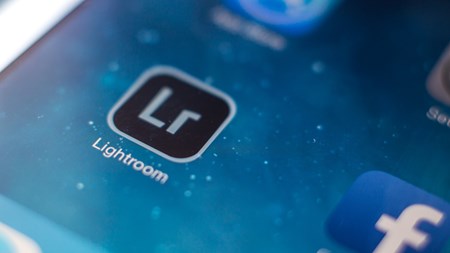 alt="">
alt="">
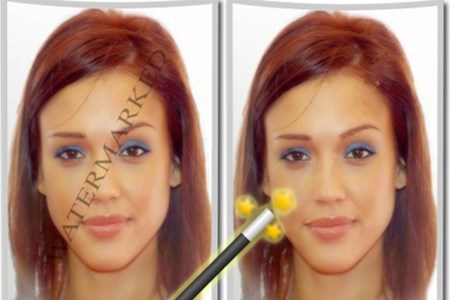 alt="">
alt="">
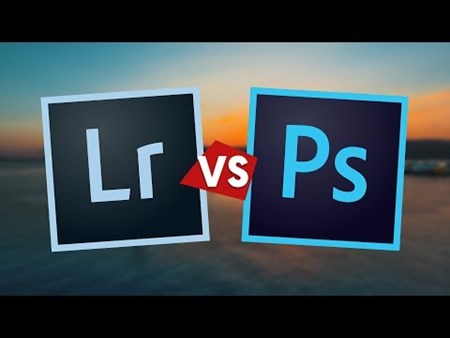 alt="">
alt="">
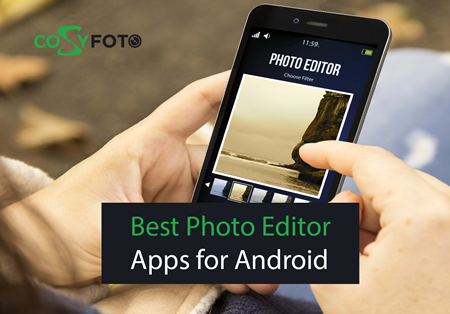 alt="">
alt="">
 alt="">
alt="">
